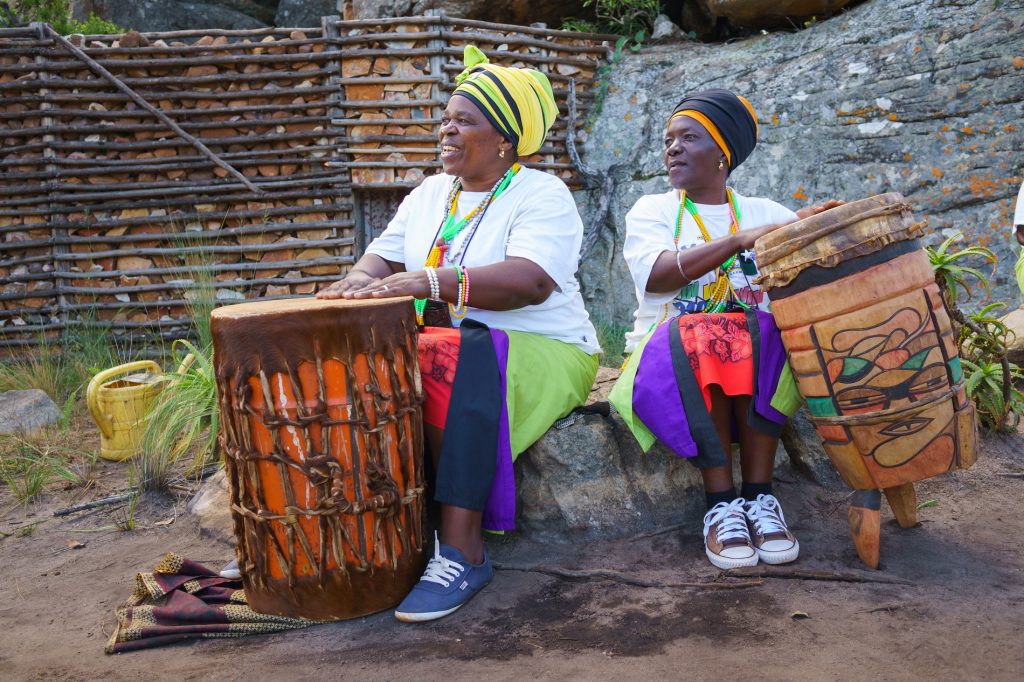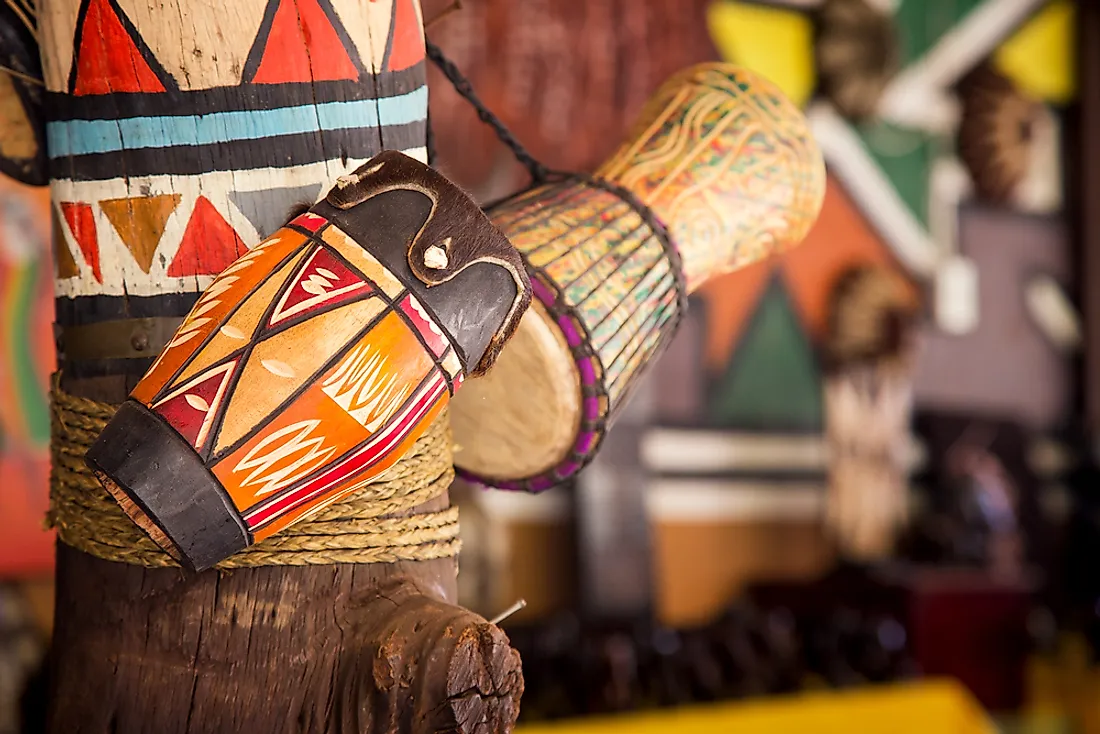The Best Strategy To Use For South African Culture Today
The Best Strategy To Use For South African Culture Today
Blog Article
Little Known Facts About South African Culture Today.
Table of ContentsThe 30-Second Trick For South African Culture TodayOur South African Culture Today StatementsLittle Known Facts About South African Culture Today.Some Known Details About South African Culture Today The Best Guide To South African Culture TodayRumored Buzz on South African Culture Today
This follows with singing and drum pounding. The groom and bride after that consult with the seniors and speak regarding the importance of their union. An issue of value in Zambian villages is the passing away of enjoyed ones. All members of the village put money, time and effort together for the burial of the deceased.Music and dancing is a very vital element of the Zambian culture. The different tribal devices have their very own dancing kinds; however, makishi is usual among all tribes.
7 Easy Facts About South African Culture Today Described
When it comes to music, drums are made use of the most, with a selection of drumming events. In Zambia, bulk of the individuals are Christian; Protestant and Roman Catholic. There are little groups of Muslims and Hindus, with the rest complying with regional indigenous tribal ideas.

South African heritage and culture is greatly diverse, and includes various teams of individuals that each have their own customs and ideas. Having such a diversity of individuals and societies is what makes South Africa so unique. In the true feeling of the phrase, we are a rainbow nation.
South Africa has approximately three hundred thousand Portuguese individuals living in it. Making it the 7th on the listing of nations with one of the most Portuguese individuals in it beyond Portugal. Portuguese is not only a culture, but it is also a language and a citizenship. Portuguese individuals originate from the country of Portugal in Europe, nonetheless, as a result of Portugal (like several other nations in Europe) discovering the globe and overcoming other countries throughout the 15th 20th centuries, South Africa has what we call Portuguese South African's living in it.
Not known Details About South African Culture Today
Amongst the prominent attributes of the topography is a plateau that covers practically two thirds of the center of the nation. The plateau complicated increases towards the southeast, where it culminates in the Drakensberg range, part of a cliff that separates the plateau from the coastal locations. The Drakensburg includes Sparkling wine Castle, the highest top in the country.
The area north of the Witwatersrand, called the bushveld, slopes downward from eastern to west toward the Limpopo River, which forms the worldwide boundary. The western area of the plateau, the middleveld, likewise comes down in the direction of the west and differs in altitude between the highveld and bushveld. In between the Drakensburg and the eastern and southern coast, the land descends to the sea.
Nearer the coastline there is a low-lying plain called the eastern lowveld. Southwest of the plateau the nation comes to be progressively extra arid, paving the way to the hostile desert of the Great Karroo, bordered on the east by the lower, much better watered plateau of the Little Karroo. Dividing the completely dry southerly interior from the sandy littoral of the southerly shore and West Cape is an additional array, the Langeberg.
Getting The South African Culture Today To Work
The nation's racially, ethnically, and politically split background has produced nationwide and subnational signs that still work as icons of the nation, and others symbols that are accepted only by certain teams. The monoliths to white inhabitant conquest and political dominance, such as the Afrikaner Voortrekker ("leader") Monolith in Pretoria and the Rhodes Monolith honoring the British colonial realm builder and Cape head of state Cecil Rhodes, continue to be sectarian signs.
The very first contemporary citizens were the San ("bushman") hunter-gatherers and the Khoi ("Hottentot") individuals, that rounded up animals (South African culture today). The San might have been existing for thousands of years and left proof of their visibility in countless ancient cavern paints ("rock art"). Bantu-speaking clans that were the forefathers of the Nguni (today's amaZulu, amaXhosa, amaSwazi, and vaTsonga individuals) and Tswana-Sotho language groups (today's Batswana and Southern and Northern Basotho) migrated below east Africa as early as the fifteenth century

The two former republics of the Orange Free State and Transvaal (South African Republic) were developed by Afrikaner settlers that defeated and dispossessed the Basotho and Batswana. Lesotho would certainly have been forcibly integrated into the Orange Free State without the extension of British protection in 1869. The ultimate unification of the country resulted from the South African Battle (18991902) between the British and both Afrikaner republics, which lowered the country to mess up at the beginning of the twentieth century.
Afrikaners traditionally considered themselves the only true South Africans and, while giving complete citizenship to all homeowners of European descent, refuted that status to individuals of shade up until the autonomous change of 1994. British South Africans maintain a feeling of social and social connection to Great Britain without damaging their identity as South Africans.
South African Culture Today Can Be Fun For Everyone
The diversity and fragmentation within ethnic collections and the balance of tensions in between those teams during the twentieth century protected against interethnic civil dispute. While intergroup stress over resources, entitlements, and political dominance stay, those continue reading this problems are as most likely to match Zulu against Zulu as Zulu against Xhosa or African against Afrikaner.
From colonial India, British merchants and managers brought the bent steel decorative roofing systems and slender lace work columns that still exemplify the verandas of homes in towns and cities throughout the nation. Residences of praise add an important architectural element also in the tiniest towns. In enhancement to the skyrocketing steeples and traditional stonework of Afrikaans Dutch Reformed churches, Anglican churches, synagogues, mosques, and Hindu shrines offer selection to the spiritual building scene.

Butchering and the brewing of traditional grain beer are vital in protecting the engagement and a good reputation of the ancestors that are thought about the guardians of good lot of money, prosperity, and health. Indian neighborhoods preserve their indigenous culinary practices and use them on Islamic and Hindu ritual and ceremonial events. Afrikaners and Coloured individuals gather at weekends and unique events at multifamily go to this site barbecues called braais, where area bonds are strengthened.
Since this was the primary economic business of both black Africans and white colonists, dispute in between those teams fixated the property of grazing land and animals. In 1867, the largest diamond deposits in the world were uncovered at Kimberley in the west main location. The riches from those fields assisted fund the exploitation of the biggest gold coral reef in the globe, which was found on the Witwatersrand in 1886.
The Main Principles Of South African Culture Today
This caused misunderstandings and purposeful misstatement in the dealings of white settlers and government officials with African principals throughout the colonial duration (South African culture today). In the facility of African gets, some elements of common and chiefly "tribal trust fund" land period were protected, and also in white country locations, types of communal period were still exercised in areas with African communities
After the autonomous makeover of 1994, programs for land restitution, redistribution, and reform were set up, yet progress has been slow-moving. The white minority still controls eighty percent of the land. In the wake of agricultural land invasions in Zimbabwe, the Division of Land Affairs has pledged to speed land reference redistribution.
Report this page